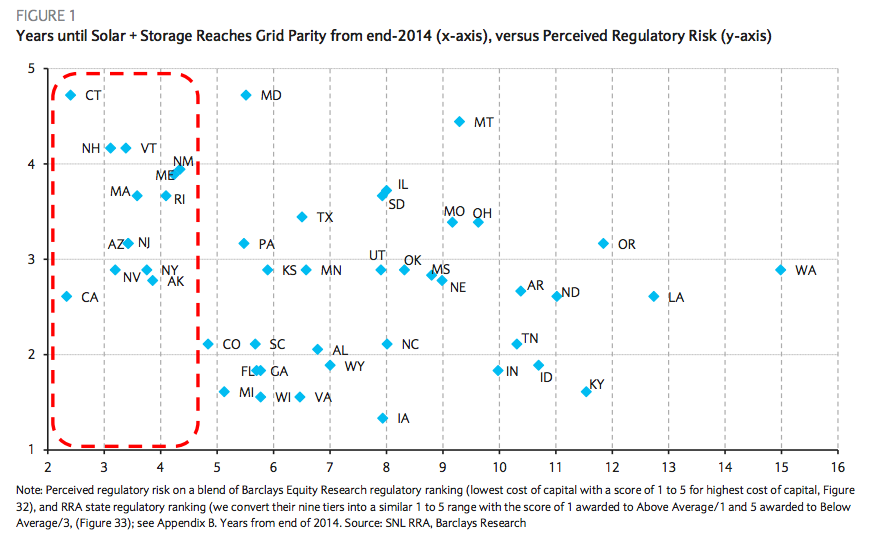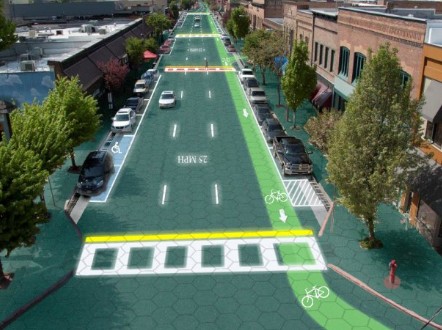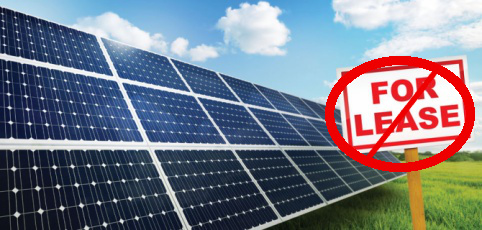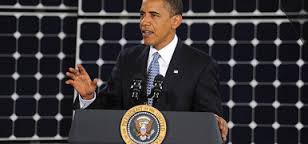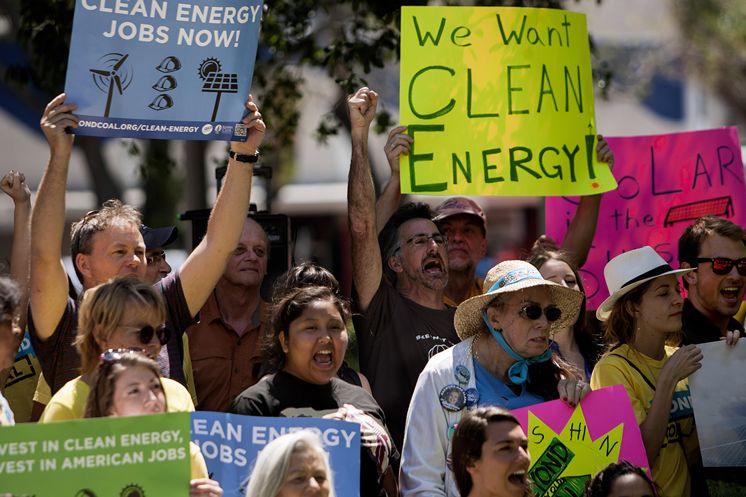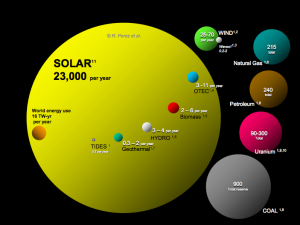The future looks bright for commercial and industrial scale solar power as large investors continue to bet on the solar industry.
According to a recent usatoday.com article, large scale solar power generation is starting to generate some real steam, literally. It’s a 100 billion dollar industry currently, which is posed to increase dramatically. Companies like Google, Apple, and Warren Buffet’s investment firm – Berkshire Hathaway are leading the way in solar investments.
A notable example of a large scale solar project that has been producing clean energy for some time now is the Ivanpah solar thermal plant. This 3,600 acre plant, located in California – just southwest of Las Vegas, produces enough energy to power about 140,000 homes. It creates electricity by focusing mirrors onto large towers containing water. The water turns into steam which then drives turbines to produce electricity. Ivanpah was made possible in part by a 20% investment from Google as well as government loans. The plant touts the ability to take 400,000 tons of carbon out of the air. This is the equivalent of 72,000 cars being take off of the road.

NRG Solar is the largest company in the solar industry and is also a major investor in the Ivanpah project. NRG couldn’t be the largest player in the game without being well diversified. The company has investments in solar at all types and levels. Photovoltaic applications may prove to continue to be the largest piece of this pie as it can scale to every level. For example, the company has 8 projects in the works with the NFL as well as a residential solar division.
Other major solar projects similar in size to Ivanpah are currently in the works. Buffet’s renewable energy firm is MidAmerican Renewables. Recently, MidAmerican has been acquiring solar projects from an industry leader – SunPower. SunPower’s Solar Star Projects are photovoltaic, as opposed to the solar thermal Ivanpah. Their Solar Star Projects are being built to a size that can power small cities.
While USA Today’s article was only meant to be about large scale solar plants, the fact remains that distributed residential solar power will continue to be the main story in the future.
Sure, we need as much solar as possible at all levels. However, residential solar will take the lead because of its inherent advantages. For example, prices continue to fall for homeowners. As more people become interested in solar, more companies will form enabling an explosion in residential solar installations. Basically – small projects can be finished much more quickly than larger, more complicated ones. We are currently seeing a new residential solar installation completed now less than every four minutes in the U.S.
Here’s to a bright future for solar – at both large and small scales.

